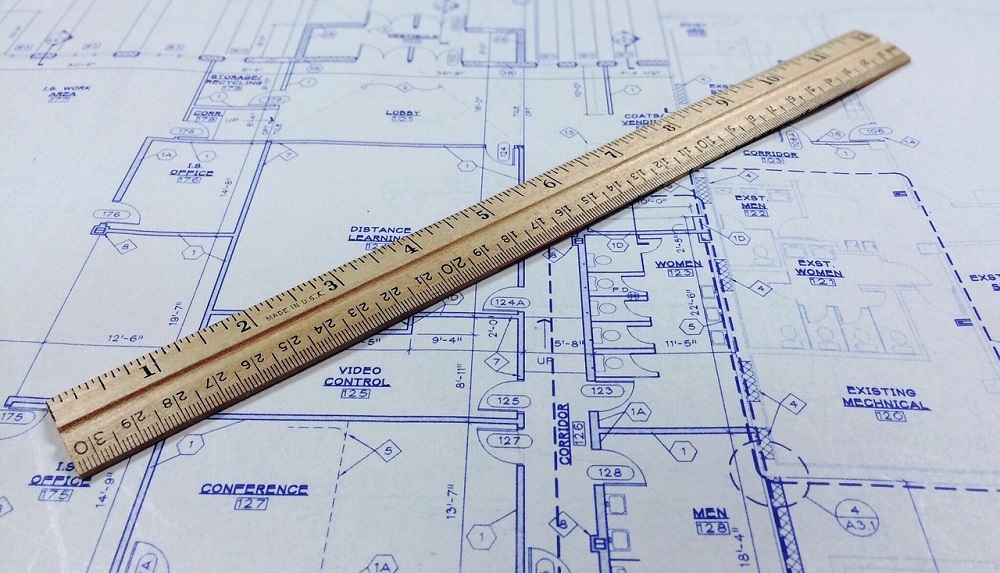This is a pretty good time to be an architect or engineer fresh out of school.
A WalletHub study of the best entry-level jobs found that engineers rank first and architects rank 10th out of a group of 109 professions.
Also on the list are electrical engineer (sixth), industrial designer (36th), interior designer (40th), mechanical engineer (41st), and civil engineer (66th).
The results were determined by examining three dimensions: immediate opportunity, growth potential, and job hazards. The categories had 11 total metrics with a score from 1 to 100. The scores were averaged and weighted, and then combined into one total score.
Engineer was pushed toward the top because of the demand (it ranked first in job openings and fifth in immediate opportunity), and architect was found to be a job with favorable immediate opportunity and job growth potential.
ArchDaily’s Vladimir Gintoff provided some context for the architects’ score. “The study doesn’t appear to consider the debt that many architects graduate with, and it also doesn’t specify where this study was conducted," he wrote. "Also, though many of the top professions could be based in cities, architecture firms seem to hold affinities to urban environments above other careers, adding cost-of-living as a potential gouge to earnings. Nonetheless, the information should be reassuring to those deciding if they would like to pursue a career in architecture and also to the long term viability for the profession.”
Towards the bottom of the list are the tradespeople: electrician (74th), machinist (101st), carpenter (105th), and welder (109th, last). The low scores were largely due to the job hazards associated with them.
Related Stories
Architects | May 20, 2016
NCARB survey indicates continued growth of U.S. architects
The number of U.S. architects surpassed 110,000 in 2015, a 2% increase from the previous year.
Multifamily Housing | May 19, 2016
Architect Jean Nouvel designs flood-resilient Monad Terrace in Miami Beach
A man-made lagoon with lush vegetation at the base of the complex is expected to adapt to climate change and rising sea levels.
Building Team Awards | May 19, 2016
Chinatown library unites and serves two emerging Chicago neighborhoods
The 16,000-sf, pebble-shaped Chinatown Branch Library was built at the intersection of new and old Chinatown neighborhoods. The goal is for the building to unite the communities and serve as a catalyst for the developing area.
Building Team Awards | May 19, 2016
NYC subway station lights the way for 300,000 riders a day
Fulton Center, which handles 85% of the riders coming to Lower Manhattan, is like no other station in the city’s vast underground transit web—and that’s a good thing.
Market Data | May 17, 2016
Modest growth for AIA’s Architecture Billings Index in April
The American Institute of Architects reported the April ABI score was 50.6, down from the mark of 51.9 in the previous month. This score still reflects an increase in design services.
Architects | May 16, 2016
AIA and HOK partner to advance Design and Health Research Consortium
The groups' key priority is to identify and develop practice-focused opportunities for funded research, publications, and tools in the area of design and public health.
Senior Living Design | May 16, 2016
Perkins Eastman releases white paper on biophilic design in senior living
The paper highlights some of the firm's top projects that feature biophilic design, a sustainable architecture strategy that connects people with nature.
Architects | May 16, 2016
3 strategies to creating environments that promote workplace engagement
VOA's Pablo Quintana writes that the industry is looking for ways to increase engagement through a mix of spaces suited to employees' desire for both privacy and connection.
Architects | May 11, 2016
AIA to create a resilience curriculum for architects
The program will teach resilient design and decision-making on hazard mitigation, climate adaptation and community resilience.
Retail Centers | May 10, 2016
5 factors guiding restaurant design
Restaurants are more than just places to eat. They are comprising town centers and playing into the future of brick-and-mortar retail.

















